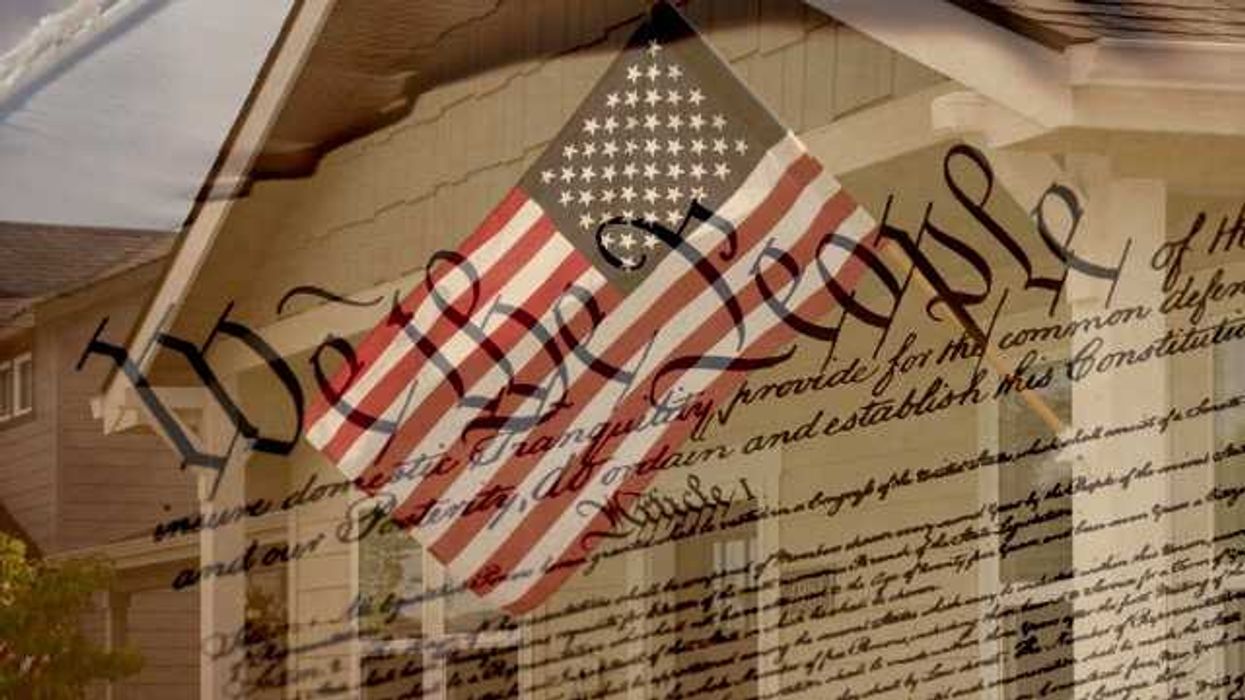Spurning donations from corporate political action committees is one of the few items of early agreement for virtually every announced Democratic presidential candidate. But the impact of this move on the candidates' campaign finances is far more symbolic than substantive.
That's because corporate PACs "aren't big players in the campaign finance world for presidential elections, so most candidates aren't really giving up that much money," Mother Jones notes in a story about the vow taken so far by four of the senators in the race – Kamala Harris of California, Elizabeth Warren of Massachusetts, Cory Booker of New Jersey and Kirstin Gillibrand of New York – along with Rep. Tulsi Gabbard of Hawaii and former San Antonio Mayor Julian Castro.
Less than 1 percent of all contributions to the major party nominees came from PACs in the last four presidential elections, according to data from the nonpartisan Center for Responsive Politics. The organizations can give just $10,000 to a 2020 candidate, a tiny sum in the age of super PACs that get to spend without limit on messaging and advertisements. "And corporate PACs tend to not be especially ideological, mainly supporting incumbents from both parties or donating to both candidates in the same races to benefit themselves regardless of who wins," Mother Jones notes.











 Shannon Gormley, Rhode Island Public Schools
Shannon Gormley, Rhode Island Public Schools Les Sinclair, Blue Ridge Area Food Bank
Les Sinclair, Blue Ridge Area Food Bank Elena Casillas Hoffman,
Elena Casillas Hoffman, 
 Darrious Hilmon, Executive Director, CAN-TV
Darrious Hilmon, Executive Director, CAN-TV










